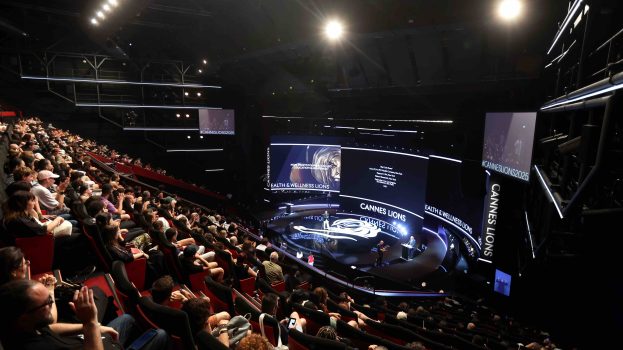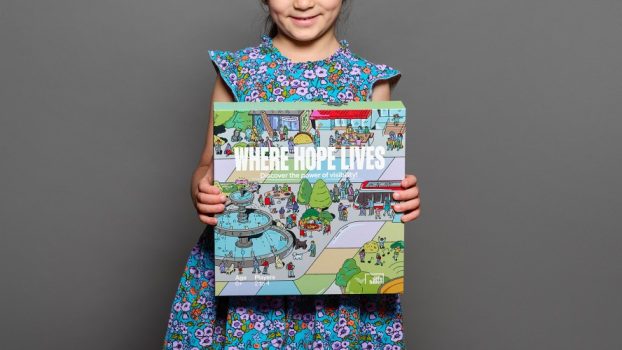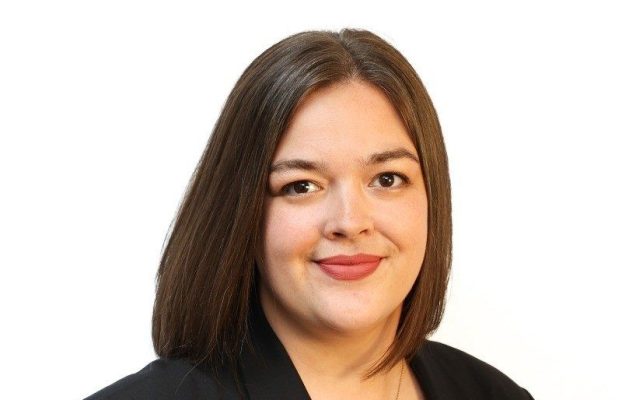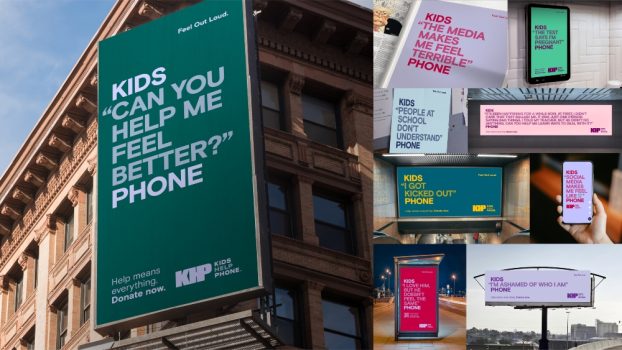Situation Analysis: When Koodo launched in 2008, three national players (Rogers, Bell and Telus) dominated the category, fighting it out with the latest technologies while adding features and costs. A new entrant couldn’t focus on product alone with an entry-to-mid-level phone lineup and plans that were competitive but nothing more.
Insight & Strategy: Research showed there was a group of consumers, Generation Y (aged 21 to 30), who were being over-looked. They weren’t always looking for “more” but wanted someone to offer basic service for good value and make mobile service fair and simple in a category defined by complicated rate plans and restrictive contracts. They were dissatisfied with their mobile phone provider and distrustful of the entire category. However, being at a life stage where value was key, their phone was their oxygen and they wouldn’t sacrifice their lifeline simply to get a good deal. They were the perfect target to whom a more stripped-down, value-based offering would appeal in the form of a no-nonsense brand, one that could help ease the overwhelming feeling of too much choice within the category. Three core principles would be key – straightforward, fun and feisty.
Execution: Koodo launched in March 2008 with a simple, no-frills “talk and text” only offering containing a series of industry firsts, such as no contracts, no system access fee, unlimited long distance, but without a restrictive contract. As the category evolved, Koodo adapted with the latest in smartphones and adding data packages at good value, while the launch target of Gen Y soon broadened to all value-seeking consumers.
The consistent use of distinctive colours and graphics and feisty language helped brand recognition. The campaign evolved from “Fat-Free Mobility” in year one to “Language of Savings” in year two. As many of the initial core features had been matched by the competition by 2010, in stepped El Tabador, brand mascot and the consumer’s champion. More recent advertising has focused on Koodo’s dependability, while reinforcing fair and simple service. Television and digital were used to achieve coverage, then OOH and transit in secondary markets drove increased penetration. Over time, other complementary media such as print has been used to help tell deeper brand stories.
Results: Koodo had the most successful post-paid wireless launch in Canadian history with 50% of Canadians aware of the brand within two months of launch. Double-digit growth in the subscriber base has since been achieved year over year despite an increasingly competitive environment. Koodo became the number one post-paid provider at Future Shop, Best Buy, Walmart and London Drugs, maintaining its top position well into 2014. It has the lowest churn rate of the value players and the ARPU (average revenue per user) continues to grow. Koodo’s “likelihood to recommend” scores at 88% rank highest among the value players.
Cause & Effect: Koodo’s media budgets and share of voice were much smaller than those of the major carriers, while many new value entrants have since entered the category under similar business models, some offering more for less. Koodo’s retail distribution is relatively low compared to other major wireless carriers and many still view Koodo’s lineup of handsets as less sophisticated than that of the competition.
Credits:
Client: Koodo Mobile
Chief Koodo officer: Kevin Banderk
VP marketing communications: Lise Doucet
Managers, marketing communications: Dragana Simao, Kate Robertson
Head of digital marketing: Nathan Roth
Directrice générale, communications et marketing: Jennifer Robertson
Agency: Taxi
Chief CD: Steve Mykolyn
ECDs: Lance Martin, Jeff MacEachern
ADs: Jeff MacEachern, Craig Ferguson, Mike Lee, Jordan Dunlop, Adam Thur, Lance Vining, Troy McGuiness, Garnett Michael, Mike Blanch, Jason Kerr
CWs: Mike Blackmore, Tal Wagman, Alexis Bronstorph, Marko Pandza, Rica Eckersley, Irfan Khan, Jess Willis, Jordan Doucette, Alex Furrer, Ryan Grossman
Designers: Mike Blain, Kammy Singh, Tyler Smith, Leo Tsalkos, Nuno Ferreria
Broadcast producers: Jennifer Cursio, Nicole Poon, Ben Sharpe, Brie Gowans, Eugene Marchio, Anick Rozon
Print producers: Tara Greguric, Charlene Leong, Jen Shapiro, Estella Tolentino, Laura Dubcovsky
Mac artists: Brian Coughlin, Dave Kinsella, Lorin Altomonte, Pam Cohen, Dwayne-Mark Aranha
Retouchers: Alex Chung, Andrew O’Driscoll, Nabil Elsaadi
Interactive producers: Kevin Saffer, Joyce King, Hanna Bratt, Jennifer Law, David Isaac, Lindsay Barrett
Interactive programmers: Matt Burtch, Bob Blevins, Ryan Johnson
Digital strategists: Cory Pelletier, Zack Klein, Sean McDonald, Brandon Smith
Group account directors: Caleb Goodman, Natalie Calderon, Jessica Lax
Account directors: Daniel Shearer, Pascale St-Amand (French)
Account managers: Katie Trainor, Steve Waugh, Sherrie Reynolds, Kirstin Bojanowski, Krista Cressman, Yousuf Afridi, Shelly Ong, Kimberly French
Media agencies: Media Experts, Cosette Media
Production house: Bent Image Lab
Director: Rob Shaw
Executive producer: Tsui Ling Toomer
Colourists/transfer: Mission Control, Alter Ego
Audio houses/studios: Apollo Studios, Grayson Matthews, Pirate
























